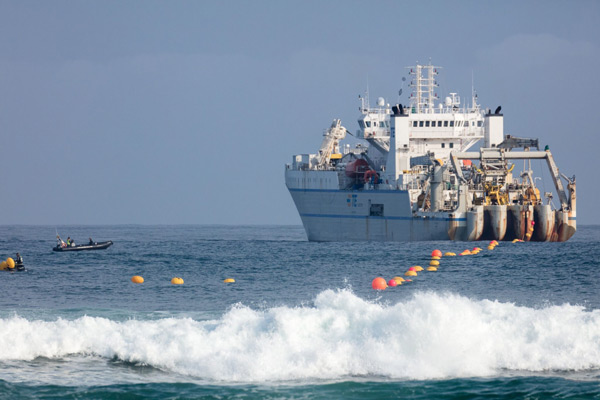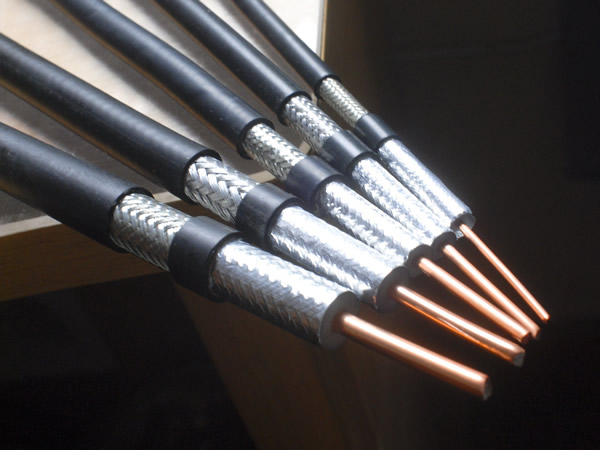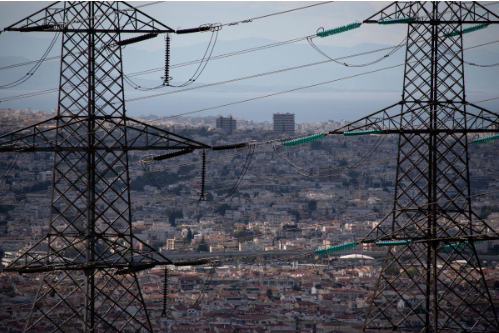A plan for a transmission projects to bring electricity from Egypt and Israel to Greece is getting a fresh boost as Europe seeks to reduce its dependence on Russian energy.
Pourquoi les câbles sous-marins sont-ils placés en haute mer?
Submarine cables are mainly divided into two types: communication transmission and power transmission. The world’s first submarine cable was laid between England and France in 1850, and it took more than thirty years before other countries began to master the technology of laying them. Power cables are commonly used to transmit electricity between land and … En savoir plus



